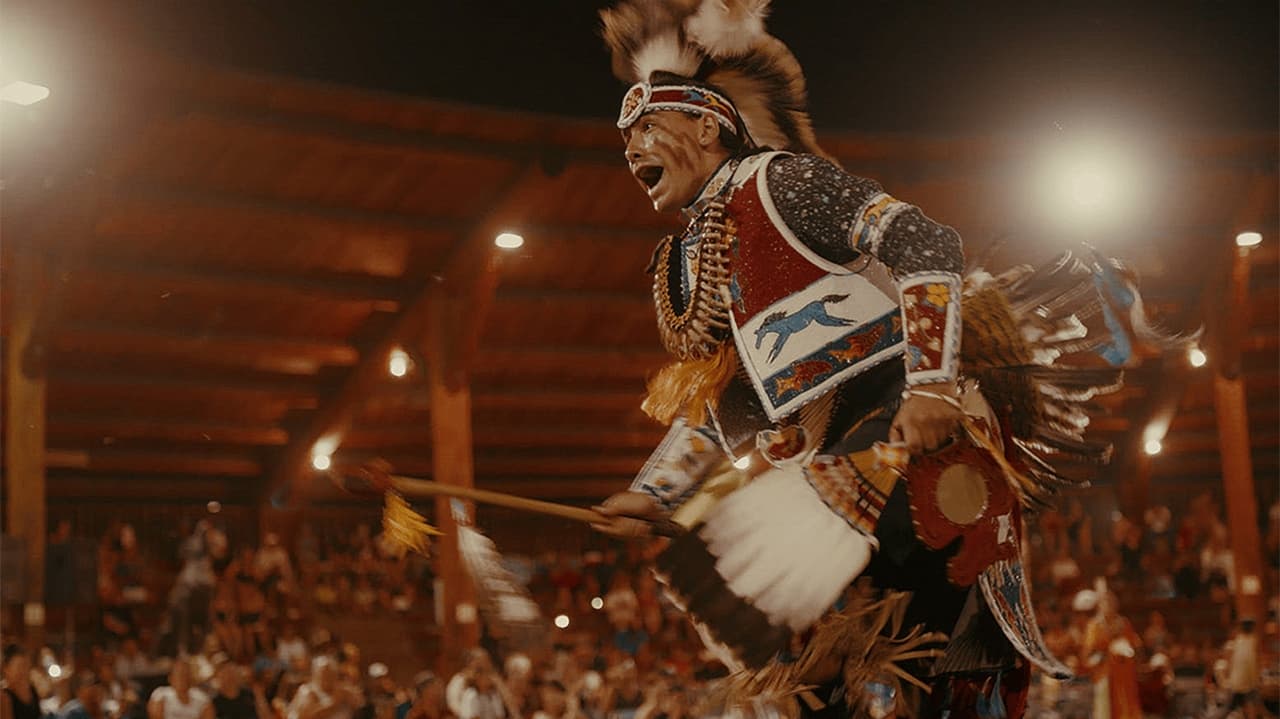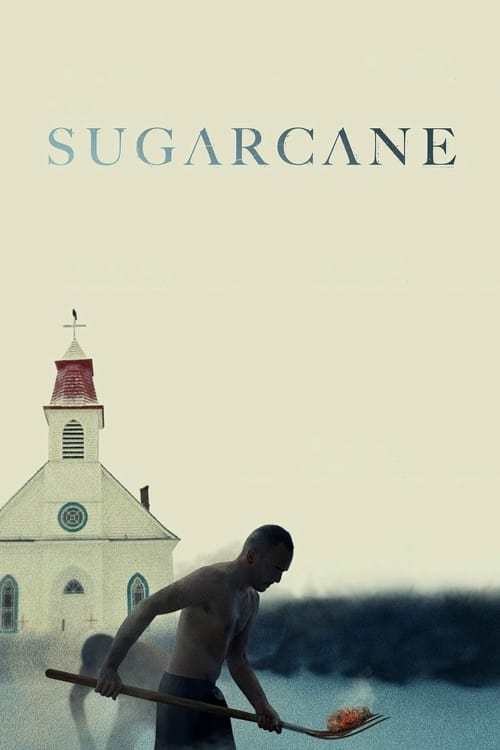
 Sugarcane
Sugarcane
Sugarcane

An investigation into abuse and missing children at an Indian residential school in Canada ignites a reckoning on the nearby Sugarcane Reserve.

 Sugarcane
Sugarcane

An investigation into abuse and missing children at an Indian residential school in Canada ignites a reckoning on the nearby Sugarcane Reserve.
Some films don’t just recount historical events; they lay them bare, raw and impossible to ignore. “Sugarcane,” directed by Emily Kassie and Julian Brave Noisecat, is one of those. More than just an exposé of the horrors committed in Catholic residential schools for Indigenous children in North America, this documentary is a cry for justice, a tribute to resilience, and a brutal reminder of how the past still reverberates in the present.
Centered on the crimes committed at St. Joseph’s Mission in Williams Lake, Canada, “Sugarcane” unfolds as a deep and painful investigation, shedding light on the lives of those who survived—and those who didn’t. The discovery of unmarked graves at the site sparked the film’s creation, but Kassie and Noisecat don’t stop at presenting the facts. They pull us into the human experience, exploring the scars left by generations of abuse, neglect, and cultural genocide.
What sets “Sugarcane” apart is its deeply personal approach. Julian Brave Noisecat, co-director and narrator, weaves his own family’s story into the larger narrative. The impact of these schools on his grandmother, his father, and, by extension, himself, makes the film more intimate. It’s not just about anonymous victims; it’s about real families, real lives, and real people struggling every day to bear the weight of a past that’s never truly been laid to rest. This emotional connection is the beating heart of the documentary.
The direction is meticulous, balancing the brutality of the subject matter with cultural and visual beauty. The use of sweeping landscapes and traditional Indigenous sounds creates a powerful contrast to the horrors being described. It’s as if the film is saying, “Look at what was lost, but also at what survived.” This contrast enriches the narrative, reminding viewers of the strength and resilience of Indigenous cultures, even in the face of systematic attempts to erase them.
The testimonies of survivors and investigators are devastating. There’s no room for doubt or for downplaying the crimes committed. Accounts of physical and sexual abuse, murder, and the systematic destruction of cultural identity are presented directly but never sensationalized. Kassie and Noisecat treat their interviewees with tangible respect, letting their voices come through without unnecessary filters. Moments of silence, when words fail, are just as powerful as the most detailed accounts.
The film doesn’t shy away from holding institutions accountable. The lack of an adequate response from the Canadian government and the Catholic Church is confronted head-on. Empty speeches and symbolic gestures, like Pope Francis’s lukewarm apology, are shown as grossly insufficient given the magnitude of the crimes. This approach underscores the urgent need for concrete action, meaningful reparations, and the return of stolen cultural artifacts.
One of the most striking aspects of “Sugarcane” is how it links the past to the present. The documentary doesn’t just recount historical abuses; it also examines the enduring consequences for Indigenous communities. High rates of suicide, substance abuse, and intergenerational trauma are presented as part of the legacy of these schools. Yet the film also offers hope. Through stories of survival and resistance, it shows how these communities continue to fight to preserve their cultures and heal their wounds.
Overall, “Sugarcane” transcends the traditional documentary format. It’s not just a denunciation; it’s a deeply emotional and human work. It’s impossible to walk away from it unchanged. The film forces us to confront history head-on but also to celebrate the strength of those who, against all odds, are still here—singing, dancing, and passing their stories down. It’s not an easy watch, but it’s essential. It’s a call for collective responsibility and a powerful tribute to a people who, despite everything, persist.
[Sheffield '24] Talks about the pain treasured by the generations who directly or indirectly experienced the horrors committed in Catholic schools, which not only imposed a culture to try to erase the roots of a community, but carried it out through abuse and torture. The directors continually show the setting, lingering on the landscapes surrounding the Sugarcane Preserve and sometimes using it to counteract the sadness conveyed in off-screen conversations. It is a path of personal discovery that at the same time establishes a necessary confrontation with collective memory.
Sugarcane reveals the horrors of the so-called "Residential Schools," boarding schools established in the 19th century where Indigenous children suffered abuse and lost their lives. Despite being a devastating story, the documentary unfolds through the lens of resilience and the pursuit of justice and healing for traumas that continue to affect generations. The testimonies presented are harrowing.
The documentary is masterfully crafted, particularly with its captured imagery. While exposing the atrocities committed by the Church, it also finds space to celebrate the strength and resistance of the Indigenous community, showcasing their traditions and celebrations.
Devastating. So grateful for the "Lose Yourself" moment. 😩
“Sugarcane” is a thoroughly impressive and disturbing documentary about the “residential school” system in Canada, which has led to countless cases of psychological and physical abuse against Native Canadians over many decades. This is a topic I knew nothing about before, so the movie was very educational for me. Unfortunately, it has to be said that nothing can really surprise me anymore when it comes to atrocities that were and are committed under the guise of the Catholic Church.
However, the movie is not only convincing with its theme but also with its presentation. It is definitely visually varied. The only negative point I would say is that there are a few pacing problems, which, at least for me at the beginning, meant that it took me quite a while to really get to grips with all the characters and the subject matter. But once I did, it was a thoroughly captivating documentary.
The story is definitely heartbreaking as all the stories of the kind. And the cinematography is very good. But the exiting does no justice for the material, I believe. It could have had a better narrative, more entertaining.
Some films don’t just recount historical events; they lay them bare, raw and impossible to ignore. “Sugarcane,” directed by Emily Kassie and Julian Brave Noisecat, is one of those. More than just an exposé of the horrors committed in Catholic residential schools for Indigenous children in North America, this documentary is a cry for justice, a tribute to resilience, and a brutal reminder of how the past still reverberates in the present.
Centered on the crimes committed at St. Joseph’s Mission in Williams Lake, Canada, “Sugarcane” unfolds as a deep and painful investigation, shedding light on the lives of those who survived—and those who didn’t. The discovery of unmarked graves at the site sparked the film’s creation, but Kassie and Noisecat don’t stop at presenting the facts. They pull us into the human experience, exploring the scars left by generations of abuse, neglect, and cultural genocide.
What sets “Sugarcane” apart is its deeply personal approach. Julian Brave Noisecat, co-director and narrator, weaves his own family’s story into the larger narrative. The impact of these schools on his grandmother, his father, and, by extension, himself, makes the film more intimate. It’s not just about anonymous victims; it’s about real families, real lives, and real people struggling every day to bear the weight of a past that’s never truly been laid to rest. This emotional connection is the beating heart of the documentary.
The direction is meticulous, balancing the brutality of the subject matter with cultural and visual beauty. The use of sweeping landscapes and traditional Indigenous sounds creates a powerful contrast to the horrors being described. It’s as if the film is saying, “Look at what was lost, but also at what survived.” This contrast enriches the narrative, reminding viewers of the strength and resilience of Indigenous cultures, even in the face of systematic attempts to erase them.
The testimonies of survivors and investigators are devastating. There’s no room for doubt or for downplaying the crimes committed. Accounts of physical and sexual abuse, murder, and the systematic destruction of cultural identity are presented directly but never sensationalized. Kassie and Noisecat treat their interviewees with tangible respect, letting their voices come through without unnecessary filters. Moments of silence, when words fail, are just as powerful as the most detailed accounts.
The film doesn’t shy away from holding institutions accountable. The lack of an adequate response from the Canadian government and the Catholic Church is confronted head-on. Empty speeches and symbolic gestures, like Pope Francis’s lukewarm apology, are shown as grossly insufficient given the magnitude of the crimes. This approach underscores the urgent need for concrete action, meaningful reparations, and the return of stolen cultural artifacts.
One of the most striking aspects of “Sugarcane” is how it links the past to the present. The documentary doesn’t just recount historical abuses; it also examines the enduring consequences for Indigenous communities. High rates of suicide, substance abuse, and intergenerational trauma are presented as part of the legacy of these schools. Yet the film also offers hope. Through stories of survival and resistance, it shows how these communities continue to fight to preserve their cultures and heal their wounds.
Overall, “Sugarcane” transcends the traditional documentary format. It’s not just a denunciation; it’s a deeply emotional and human work. It’s impossible to walk away from it unchanged. The film forces us to confront history head-on but also to celebrate the strength of those who, against all odds, are still here—singing, dancing, and passing their stories down. It’s not an easy watch, but it’s essential. It’s a call for collective responsibility and a powerful tribute to a people who, despite everything, persist.